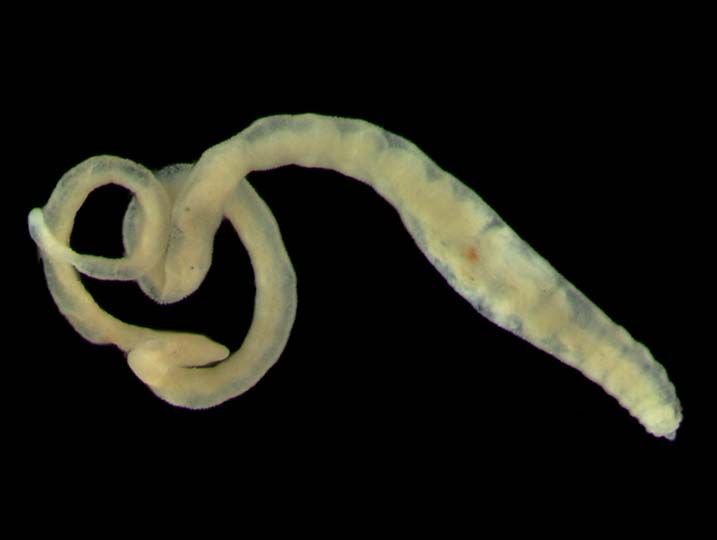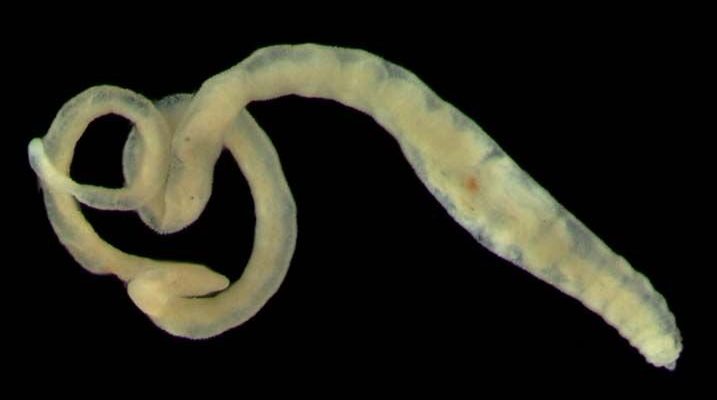
Freshwater oligochaetes are soft-bodied worms, part of the annelid family, and are commonly found in lakes, rivers, and ponds. You might not notice them at first glance, but they’re there, silently contributing to the intricate web of life in aquatic ecosystems. Let’s take a closer look at why these little creatures matter so much and what their ecological importance really means for our environment.
What Are Freshwater Oligochaetes?
Freshwater oligochaetes are segmented worms that belong to the class Oligochaeta. They come in various sizes, but most are relatively small, typically ranging from a few millimeters to a few centimeters long. Their soft bodies are often slick and sometimes lack pigmentation, which helps them blend into their surroundings. You might be wondering where they fit in the food chain; well, they often serve as a food source for fish and other aquatic animals, helping to sustain biodiversity.
These worms thrive in sediment-rich environments where they can burrow. They play an essential role in breaking down organic matter, which contributes to nutrient cycling in freshwater ecosystems. Just like how composting helps plants grow by returning nutrients to the soil, oligochaetes aid in returning nutrients to the water, promoting healthy growth of aquatic plants.
The Role of Oligochaetes in Nutrient Cycling
Nutrient cycling is a fancy term for how nutrients move through an ecosystem. Freshwater oligochaetes are crucial players in this process. As they burrow through sediment, they consume organic material—think decaying plant matter, dead animals, or leftover food from other organisms. By doing this, they help decompose materials and release nutrients back into the water.
Here’s the thing: when oligochaetes break down these materials, they produce nutrient-rich waste. This waste is like a booster shot for aquatic plants, enabling them to thrive. Without oligochaetes, the buildup of organic matter could lead to low oxygen levels and poor water quality, which would harm fish and other aquatic life.
Enhancing Water Quality
You might be surprised to learn that the presence of freshwater oligochaetes can significantly enhance water quality. They help maintain clarity in water bodies by breaking down organic sediments, which can otherwise contribute to murkiness. Clear water is important not just for visibility but also for the health of aquatic plants and animals.
Moreover, oligochaetes contribute to reducing pollution in freshwater systems. Their feeding activities help filter out harmful substances and break down pollutants, making water healthier for all living organisms. It’s kind of like having a natural clean-up crew working diligently in our lakes and rivers!
The Impact on Aquatic Food Chains
Freshwater oligochaetes don’t just stop at improving nutrient cycling and water quality—they also play a pivotal role in supporting food chains. As I mentioned earlier, fish and other creatures rely on these worms as a vital food source. Without them, the entire aquatic food web could become unbalanced.
For example, many species of fish, such as trout and bass, depend on oligochaetes for nourishment, especially during their juvenile stages. If populations of oligochaetes decline due to pollution or habitat destruction, you might see fish populations suffer, leading to fewer fishing opportunities for humans and disrupted ecosystems.
Indicators of Ecosystem Health
One fascinating aspect of freshwater oligochaetes is their role as indicators of ecosystem health. Because they are sensitive to changes in their environment—like pollution levels, sediment quality, and other factors—scientists can use their presence or absence to gauge the overall health of freshwater ecosystems.
If oligochaetes thrive, it’s often a sign that the ecosystem is in good shape. Conversely, a decline in their numbers can indicate environmental stress. This makes monitoring oligochaete populations an effective way to assess and manage freshwater resources. It’s much easier to catch issues early on when we pay attention to these little guys!
Conservation Concerns
Unfortunately, freshwater oligochaetes face several threats. Habitat degradation, pollution, and climate change can negatively impact their populations. For instance, agricultural runoff, which often contains harmful pesticides and fertilizers, can contaminate water bodies and disrupt the delicate balance these worms help maintain.
To protect these important species, conservation efforts must focus on reducing pollution and preserving natural habitats. This means implementing practices that minimize runoff, protecting wetlands, and raising awareness about the role oligochaetes play in our ecosystems. It’s all about nurturing the small things, so the bigger picture can thrive.
In summary, freshwater oligochaetes might be tiny, but their impact is anything but small. They support nutrient cycling, enhance water quality, and serve as a crucial food source for many aquatic animals. As indicators of ecosystem health, they provide valuable insight into the state of our freshwater resources.
Let’s not overlook these unsung heroes. By understanding their ecological importance and advocating for their conservation, we can help ensure healthier freshwater ecosystems for generations to come. So, the next time you come across a stream or pond, take a moment to appreciate the vital roles that these little worms play in our environment. After all, even the smallest creatures can have the largest impact!

